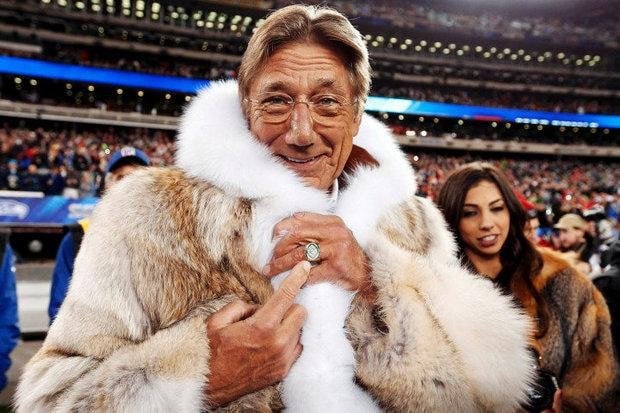Joe Namath, forever known by his iconic nickname “Broadway Joe,” is a name that transcends the sport of American football. He is a cultural legend, a symbol of swagger and confidence, and the man who guaranteed—and delivered—a Super Bowl victory. As of 2024, his estimated net worth stands at $25 million. This figure, however, tells only a fraction of a much larger story. In his heyday during the 1960s and 70s, Namath was not just the highest-paid player in the game; he was one of the most famous and highest-earning athletes in the world. His wealth was unprecedented for his era. His current net worth is the result of a roller-coaster journey of record-breaking contracts, mega-watt endorsements, business ventures, financial hardships, and a resilient comeback. Understanding Namath’s net worth is to understand the evolution of the modern athlete as a commercial brand, a path he pioneered.
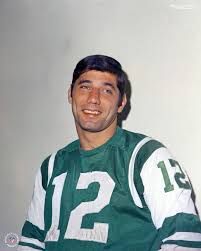
A natural multi-sport athlete, he excelled in football, basketball, and baseball. His talent on the gridiron was undeniable, earning him a scholarship to the University of Alabama to play under the legendary coach Paul “Bear” Bryant. Under Bryant’s disciplined tutelage, Namath honed his raw talent into refined skill, leading the Crimson Tide to a national championship in 1964. It was here that his legend began to form—not just for his powerful arm and pinpoint accuracy, but for his charismatic, magnetic personality and a flair for the dramatic that would define his career.
His time at Alabama was also marked by a significant knee injury, the first of many that would plague his professional career. Despite this, his talent was too great to ignore. In 1965, he became the center of a bidding war between the established National Football League (NFL) and the upstart American Football League (AFL). This competition for his signature would change the financial landscape of professional sports forever and set the stage for his monumental earnings.
- Professional Career and Landmark Contracts
The NFL’s St. Louis Cardinals drafted him, but the AFL’s New York Jets made him an offer he couldn’t refuse. Jets owner Sonny Werblin, a show business visionary, saw more than a quarterback; he saw a star. He signed Namath to a then-astronomical $427,000 contract over three years. This was an unprecedented sum, far exceeding what any other player was earning. The deal instantly made Namath the highest-paid athlete in team sports and earned him the iconic “Broadway Joe” moniker.
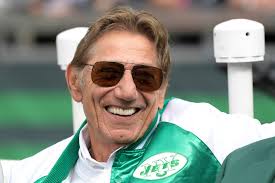
His on-field performance justified the hype. In 1968, despite being massive underdogs, Namath famously “guaranteed” a victory for his AFL-champion Jets over the NFL’s Baltimore Colts in Super Bowl III. He then delivered on that promise, orchestrating one of the greatest upsets in sports history. This victory not only cemented his legacy but also legitimized the AFL, paving the way for the NFL-AFL merger. For Namath, the Super Bowl win amplified his fame and earning power exponentially. While his salary numbers seem modest by today’s standards, for his era, he was in a financial league of his own, earning the modern equivalent of tens of millions of dollars throughout his career with the Jets and later the Los Angeles Rams.
- Endorsements and Off-the-Field Stardom
Long before athletes had massive endorsement portfolios, Joe Namath was the original commercial pitchman. His good looks, charm, and rebel persona made him a marketing goldmine. He became a ubiquitous presence in American advertising, endorsing a vast array of products that ranged from the masculine to the mainstream. Most famously, he did a iconic commercial for Pantene Hair Spray, showcasing his long hair and challenging traditional norms. He shilled for Noxzema shaving cream in a famous ad with supermodel Farrah Fawcett, Brut cologne, Oscar Mayer, and even Toyota.
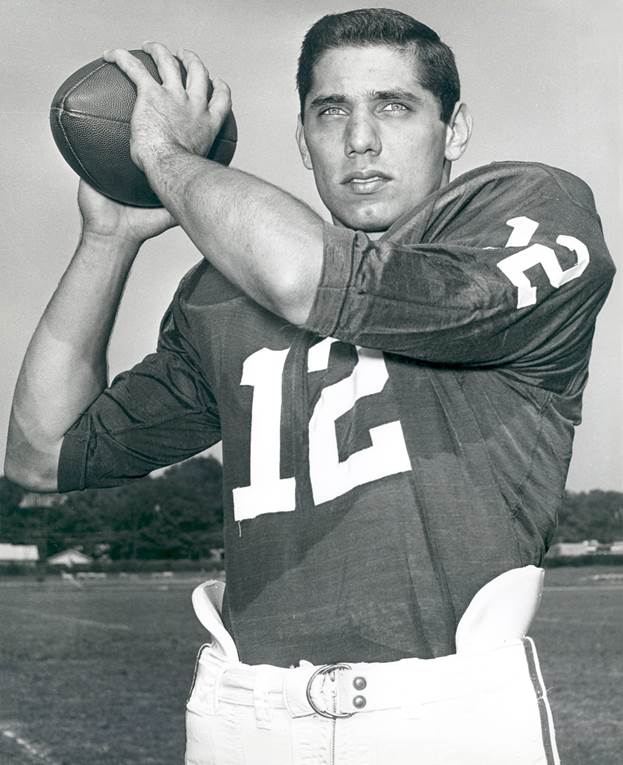
His stardom extended far beyond commercials. He wrote a bestselling book, I Can’t Wait Until Tomorrow… ‘Cause I Get Better-Looking Every Day. He became a Hollywood actor, starring in films like C.C. and Company alongside Ann-Margret and The Last Rebel. He made numerous television appearances on shows like The Brady Bunch, The Simpsons, and The Love Boat. He even owned a legendary New York City nightclub, “Bachelors III,” which became a hotspot for celebrities but also attracted unwanted attention from the NFL due to its alleged association with unsavory figures. This off-field income, at its peak, likely dwarfed his football salary, making him a true multimedia superstar decades before it became the norm.
- Financial Challenges and Setbacks
Despite earning what was a fortune for his time—estimates suggest he earned over $5 million in salary and endorsements in the 1960s and 70s (equivalent to over $40 million today)—Namath faced significant financial difficulties. His lavish lifestyle, characterized by his famous fur coats, luxury cars, and his role as the life of every party, came with a high cost. More damaging were a series of poor business investments and bad financial advice.
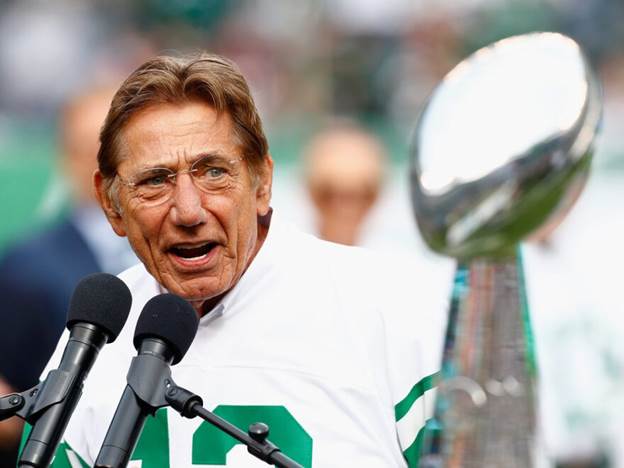
He lost millions in real estate deals that went sour, particularly during economic downturns. He also invested in ventures that failed to yield returns. Furthermore, his divorce from his wife, Deborah Mays, in 2000 was undoubtedly a significant financial event, likely involving a substantial settlement. These factors, combined with the natural depletion of funds over time without the massive, continuous earnings of modern stars, chipped away at his wealth. By the 1980s and 90s, the man who was once the highest-paid athlete found himself in a much different financial position, serving as a cautionary tale about the importance of financial management for athletes.
Joe Namath, forever known by his iconic nickname “Broadway Joe,” is a name that transcends the sport of American football. He is a cultural legend, a symbol of swagger and confidence, and the man who guaranteed—and delivered—a Super Bowl victory. As of 2024, his estimated net worth stands at $25 million. This figure, however, tells only a fraction of a much larger story. In his heyday during the 1960s and 70s, Namath was not just the highest-paid player in the game; he was one of the most famous and highest-earning athletes in the world. His wealth was unprecedented for his era. His current net worth is the result of a roller-coaster journey of record-breaking contracts, mega-watt endorsements, business ventures, financial hardships, and a resilient comeback. Understanding Namath’s net worth is to understand the evolution of the modern athlete as a commercial brand, a path he pioneered.
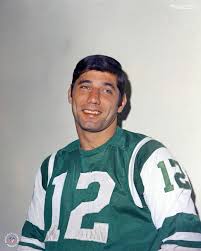
A natural multi-sport athlete, he excelled in football, basketball, and baseball. His talent on the gridiron was undeniable, earning him a scholarship to the University of Alabama to play under the legendary coach Paul “Bear” Bryant. Under Bryant’s disciplined tutelage, Namath honed his raw talent into refined skill, leading the Crimson Tide to a national championship in 1964. It was here that his legend began to form—not just for his powerful arm and pinpoint accuracy, but for his charismatic, magnetic personality and a flair for the dramatic that would define his career.
His time at Alabama was also marked by a significant knee injury, the first of many that would plague his professional career. Despite this, his talent was too great to ignore. In 1965, he became the center of a bidding war between the established National Football League (NFL) and the upstart American Football League (AFL). This competition for his signature would change the financial landscape of professional sports forever and set the stage for his monumental earnings.
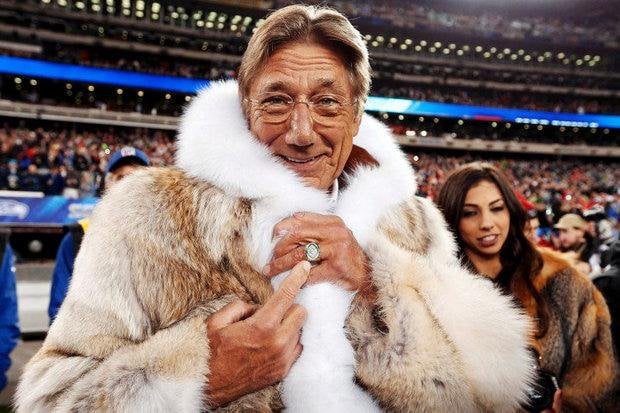
The NFL’s St. Louis Cardinals drafted him, but the AFL’s New York Jets made him an offer he couldn’t refuse. Jets owner Sonny Werblin, a show business visionary, saw more than a quarterback; he saw a star. He signed Namath to a then-astronomical $427,000 contract over three years. This was an unprecedented sum, far exceeding what any other player was earning. The deal instantly made Namath the highest-paid athlete in team sports and earned him the iconic “Broadway Joe” moniker.
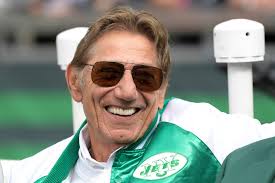
His on-field performance justified the hype. In 1968, despite being massive underdogs, Namath famously “guaranteed” a victory for his AFL-champion Jets over the NFL’s Baltimore Colts in Super Bowl III. He then delivered on that promise, orchestrating one of the greatest upsets in sports history. This victory not only cemented his legacy but also legitimized the AFL, paving the way for the NFL-AFL merger. For Namath, the Super Bowl win amplified his fame and earning power exponentially. While his salary numbers seem modest by today’s standards, for his era, he was in a financial league of his own, earning the modern equivalent of tens of millions of dollars throughout his career with the Jets and later the Los Angeles Rams.
Long before athletes had massive endorsement portfolios, Joe Namath was the original commercial pitchman. His good looks, charm, and rebel persona made him a marketing goldmine. He became a ubiquitous presence in American advertising, endorsing a vast array of products that ranged from the masculine to the mainstream. Most famously, he did a iconic commercial for Pantene Hair Spray, showcasing his long hair and challenging traditional norms. He shilled for Noxzema shaving cream in a famous ad with supermodel Farrah Fawcett, Brut cologne, Oscar Mayer, and even Toyota.

His stardom extended far beyond commercials. He wrote a bestselling book, I Can’t Wait Until Tomorrow… ‘Cause I Get Better-Looking Every Day. He became a Hollywood actor, starring in films like C.C. and Company alongside Ann-Margret and The Last Rebel. He made numerous television appearances on shows like The Brady Bunch, The Simpsons, and The Love Boat. He even owned a legendary New York City nightclub, “Bachelors III,” which became a hotspot for celebrities but also attracted unwanted attention from the NFL due to its alleged association with unsavory figures. This off-field income, at its peak, likely dwarfed his football salary, making him a true multimedia superstar decades before it became the norm.
Despite earning what was a fortune for his time—estimates suggest he earned over $5 million in salary and endorsements in the 1960s and 70s (equivalent to over $40 million today)—Namath faced significant financial difficulties. His lavish lifestyle, characterized by his famous fur coats, luxury cars, and his role as the life of every party, came with a high cost. More damaging were a series of poor business investments and bad financial advice.
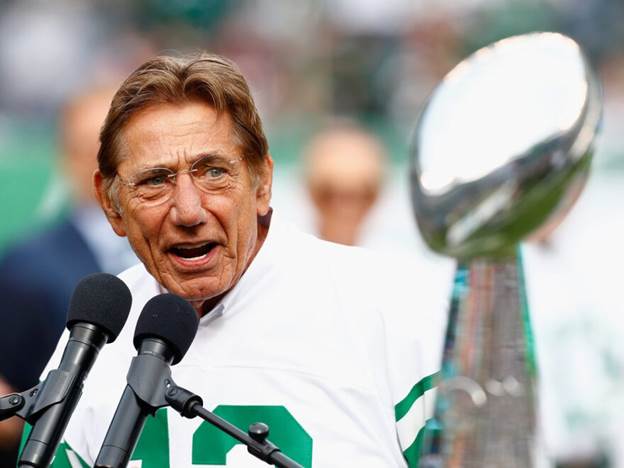
He lost millions in real estate deals that went sour, particularly during economic downturns. He also invested in ventures that failed to yield returns. Furthermore, his divorce from his wife, Deborah Mays, in 2000 was undoubtedly a significant financial event, likely involving a substantial settlement. These factors, combined with the natural depletion of funds over time without the massive, continuous earnings of modern stars, chipped away at his wealth. By the 1980s and 90s, the man who was once the highest-paid athlete found himself in a much different financial position, serving as a cautionary tale about the importance of financial management for athletes.

